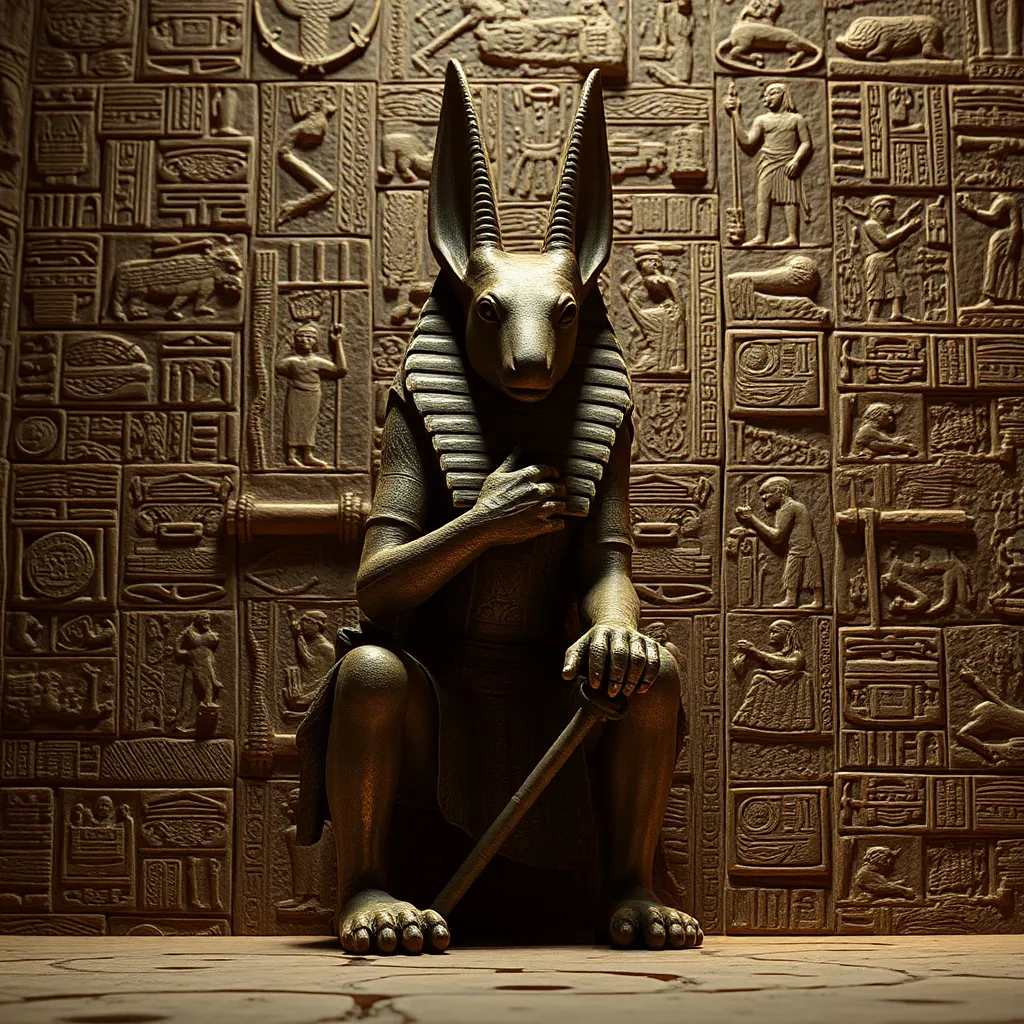The Yeti’s Footsteps: Himalayan Legends of the Abominable Snowman
I. Introduction to the Yeti Myth
The Yeti, often referred to as the Abominable Snowman, is a legendary creature said to inhabit the Himalayan mountain range. This elusive being holds significant cultural importance among local communities and has captured the imagination of people worldwide. The Yeti is typically described as a large, ape-like figure, covered in white fur, and has been the subject of numerous tales and myths throughout history.
In Himalayan folklore, the legend of the Yeti serves various purposes, from explaining unexplained phenomena to embodying the spirit of the mountains. The Yeti is not merely a monster; it is a symbol of the wild, untamed nature of the Himalayas, representing both the beauty and danger that the region can hold.
II. Historical Context of the Yeti Legend
The origins of the Yeti myth can be traced back through ancient texts and early sightings. References to the creature appear in texts as old as the 1st century, with various travelers and explorers recounting tales of strange, hairy beings encountered in the high altitudes of the Himalayas.
A key aspect of the Yeti’s role in local mythology is its connection to spiritual beliefs. Many indigenous tribes view the Yeti as a guardian of the mountains, a being that protects the sacred lands and the natural balance of the ecosystem. This reverence has contributed to the enduring legacy of the Yeti in cultural narratives.
III. The Yeti in Popular Culture
The Yeti has made a significant impact on popular culture, appearing in countless forms of media, including literature, movies, and television shows. From the classic monster movie tropes to more nuanced representations in contemporary storytelling, the Yeti has become a staple of the cryptid genre.
Some notable representations include:
- The 1950s film “The Abominable Snowman,” which delves into exploration and the search for the creature.
- Animated features like “Monsters, Inc.,” where a character named the “Abominable Snowman” adds a humorous twist to the legend.
- Books such as The Yeti: The Ecology of the Abominable Snowman explore the creature from a scientific perspective.
The fascination of Western audiences with the Yeti has fueled a variety of merchandise, documentaries, and even themed attractions in various parts of the world, demonstrating the widespread allure of this enigmatic figure.
IV. Scientific Exploration and Expeditions
Numerous expeditions have been launched to locate the Yeti, with some of the most notable including:
- The 1951 expedition led by Eric Shipton, which resulted in photographs of large footprints in the snow.
- The Himalayan expeditions in the 1970s that sought to gather more physical evidence of the creature’s existence.
- Modern-day scientific studies involving DNA analysis of hair samples attributed to the Yeti.
Despite these efforts, conclusive evidence of the Yeti’s existence remains elusive. The evidence gathered, such as footprints, hair samples, and photographs, has often been met with skepticism and debate within the scientific community.
V. Cultural Interpretations and Variations
The Yeti is known by various names across different Himalayan regions, with interpretations and stories varying widely. In Sherpa culture, the creature is often referred to as the “Mete,” while in Tibetan folklore, it is known as the “Migou.” These variations reflect the diverse cultural contexts and beliefs surrounding the Yeti.
The Yeti plays a crucial role in Sherpa and Tibetan traditions, often seen as a protector or a spirit of the mountains. Local folklore describes the Yeti as a being that possesses supernatural powers, capable of disappearing into thin air or communicating with the natural world.
VI. The Psychology Behind the Yeti Legend
The enduring fascination with the Yeti can be attributed to several psychological factors. Humans have a natural inclination to explore the unknown, and cryptids like the Yeti provide a thrilling sense of mystery and adventure.
Moreover, the fear of the unknown often fuels myths and legends, allowing communities to explain and cope with the mysteries of their environment. The Yeti, as a figure of fear and intrigue, embodies these sentiments, impacting local communities by reinforcing their cultural narratives and beliefs.
VII. Modern-day Yeti Sightings and Claims
In recent years, there have been numerous reports of Yeti sightings and claims of encounters. These modern-day accounts often leverage technology, such as high-resolution cameras and drones, in an attempt to capture evidence of the creature.
Investigations into these sightings have revealed:
- Increased interest from both amateur enthusiasts and professional researchers.
- The use of social media to share experiences and findings, creating a community of Yeti hunters.
- Continued debates over the authenticity of claimed evidence, with many sightings remaining anecdotal.
VIII. Conclusion: The Enduring Legacy of the Yeti
The Yeti remains a potent symbol of mystery and nature, representing humanity’s fascination with the unknown. As a cultural icon, it bridges the gap between folklore and scientific inquiry, inspiring countless stories and explorations.
Looking ahead, the legend of the Yeti continues to evolve, with new technological advancements and cultural exchanges likely to shape its narrative. As long as the mountains stand tall, the Abominable Snowman will inspire awe and curiosity, maintaining its relevance in both local and global contexts.




